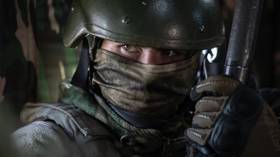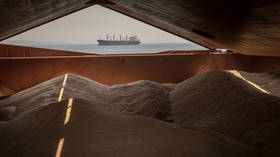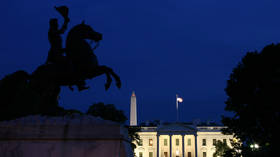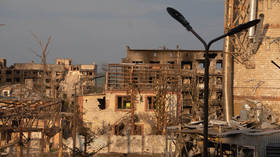The Kakhovka dam has been destroyed and the Dnieper River is flooded: How will this affect the Russia-Ukraine military conflict?
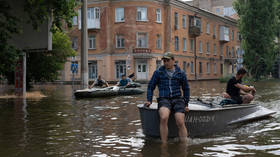
On Tuesday morning, the Kakhovka Hydroelectric Power Plant (HPP), now part of southern-western Russia and formerly on Ukrainian territory, was partially damaged and 11 of its 28 spans were destroyed. Torrents of water from the reservoir rushed downstream through the broken dam and into the Dnieper River. This has led to a humanitarian disaster affecting residents of both banks of the river, significantly impacted the environment, and altered the deployment of military forces in the region.
Who benefits most from the catastrophe and how will it impact on the ongoing conflict?
Prerequisites for disaster
The Kakhovka HPP has been under the control of Russian troops since day one of the offensive, in February 2022. Along with the Antonov automobile and railway bridges, it was one of the key points used for their advance and positioning in the then southern part of Ukraine. Later, the bridge over the dam was used for supplying troops in Kherson and Nikolaev regions.
After receiving long-range weapons from NATO, the Armed Forces of Ukraine (AFU) attacked the routes to prevent Russian use of them. On the night of August 12, 2022, the AFU fired at the hydroelectric dam using rocket artillery. The bombing of the dam was confirmed at the time by Vladislav Nazarov, a spokesman for Ukraine’s Operational Command South. It was applauded by Western experts and the Ukrainian media.
While the former were busy assessing whether the shelling guaranteed the Russian Army’s isolation, the latter tried to outdo each other with "humor." One of Ukraine’s main propaganda outlets, the “Trukha” Telegram channel (with over 2.7M subscribers) joked about “inflatable ducks.” However, after the destruction of the dam, their narrative changed and the post was deleted.
On December 29, The Washington Post, citing Ukrainian General Andrey Kovalchuk, reported that the Ukrainian army had conducted test strikes on the floodgates of the HPP with HIMARS launchers – apparently, to see whether this would cause a rise in water levels downstream. The plan was to flush Russian crossings with a torrent of water from the damaged dam.
This is in fact what exactly happened on June 6. However, the Russians had departed from the right bank by that time. In November of last year, Moscow retreated from the area due to the AFU’s constant strikes and the risk of the collapse of the Kakhovka HPP.
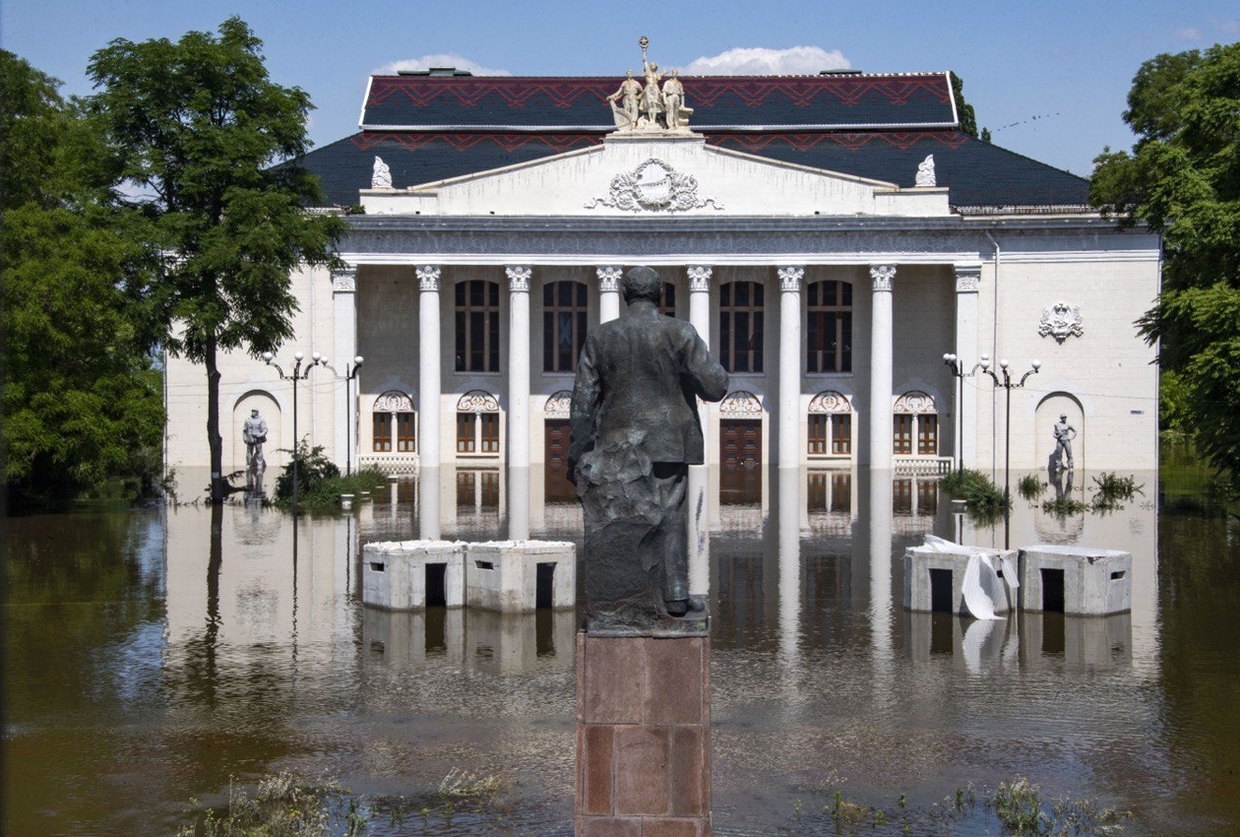
The constant shelling didn’t just damage the structure of the hydroelectric power plant. It also made maintenance increasingly difficult, and this played a part in the catastrophe. Since Ukraine became independent in 1991, the Dnieper reservoir cascade (a series of HPPs along the Dnieper River) has not been sufficiently funded, which led to multiple negative assessments of the HPP’s condition, in particular by the US Army Corp of Engineers (USACE).
The final contributing factor was the water level in the Kakhovka reservoir. It rose from 14 meters in February to 17.5 meters in early June due to Ukraine opening the floodgates of the Dnieper HPP, located upriver in Zaporozhye. Previously the reservoir water level rarely exceeded 16.5 meters. Moreover, Ukrainian shelling prevented staff of the Kakhovka HPP from undertaking repairs and regulating water discharge.
The current situation
Novaya Kakhovka and the surrounding villages under Russian control were the first to suffer from the destruction of the hydroelectric power plant. After assessing the situation, the local authorities implemented a flood emergency evacuation plan. However, many residents refused to evacuate and stayed in their flooded homes. By the morning of June 7, the water level in Novaya Kakhovka began to subside.
In the coastal villages located downstream, the situation was more severe. The village of Korsunka is completely flooded, and Dneprani, Krynki, and Kazachiyi Lageri are partially submerged. Floodwaters also reached Alyoshka, an important city for the Russian army. A state of emergency has been declared in the part of Kherson region controlled by Moscow. Currently, seven people have been reported missing.
The flood has also affected territories controlled by Ukraine. The city of Kherson was partially flooded, and over a thousand people have been evacuated. According to the Ukrainian authorities, the floodwaters began subsiding on Wednesday morning
The Kakhovka hydroelectric power plant is currently completely submerged. This poses a further threat to the HPP, especially as Ukrainians continue discharging water into the Kakhovka reservoir. Russian President Vladimir Putin’s press secretary, Dmitry Peskov, has claimed that Kiev is responsible for the catastrophe, and that the Kakhovka HPP shows signs of deliberate sabotage by Ukraine, undertaken due to the failure of its much-hyped counteroffensive.
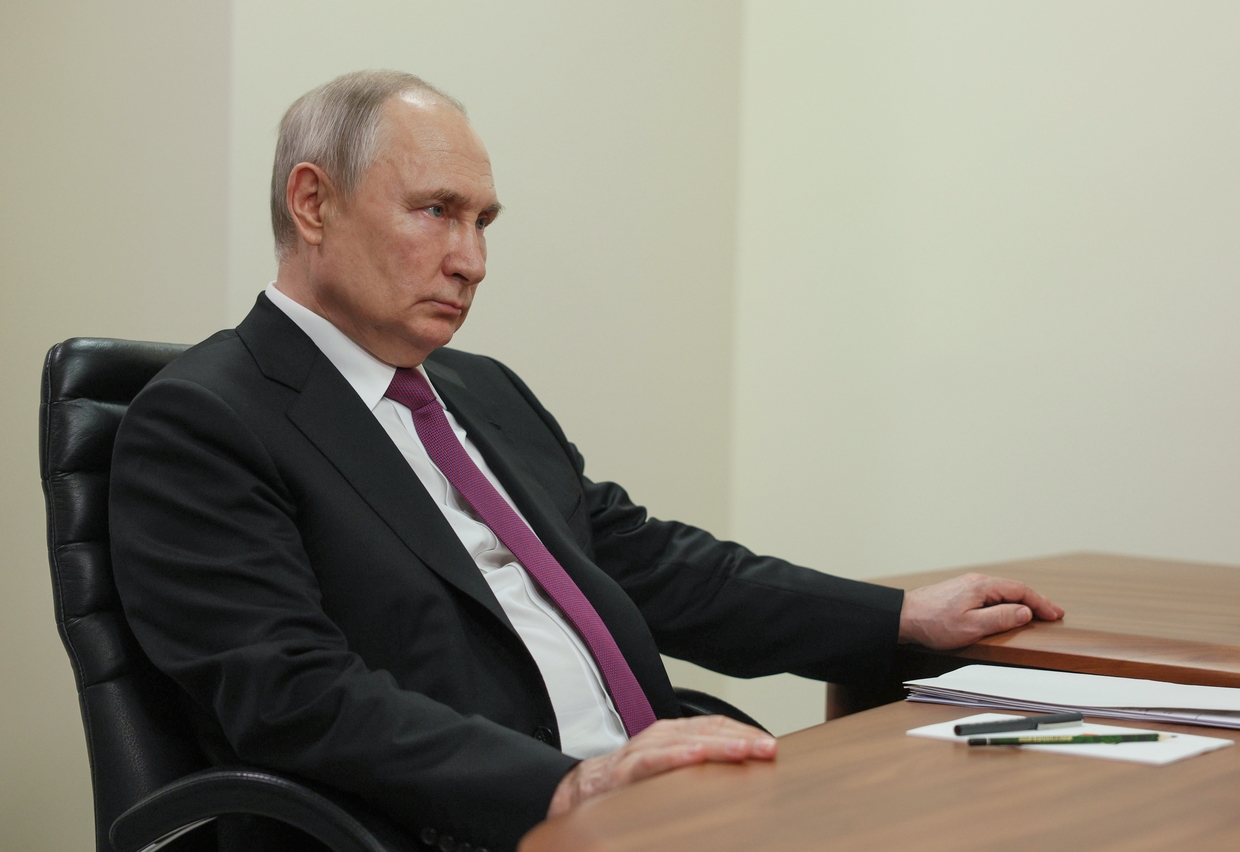
Putin himself has decried the “barbaric act of destroying the Kakhovka hydroelectric power plant in Kherson region,” which, according to the Russian President, has led to a “massive ecological and humanitarian catastrophe” downstream.
Ukraine blamed Russia for the disaster, accusing it of terrorism and a cynical attitude towards people in territory it controls in the Kherson region.
The humanitarian aspect
For the past six months, active battles have been raging in the territories affected by the current flood. As a result, both Russia and Ukraine regularly carried out civilian evacuations. Many internally displaced persons and refugees moved to other Russian regions from the flood plain. However, it represents yet another calamity for the local population and has made moving very relevant for the few people who have remained in their homes.
Consequently, the emergency response measures have been rather limited. After more than a year of battles, both sides have become accustomed to accommodating refugees and this new challenge hasn’t taken them by surprise.
Eventually, the water will recede and destroyed homes will again be accessible. However, returning will be difficult, even for those who are willing to risk living under constant shelling. To support refugees and motivate them to leave the war zone, Russia is issuing housing certificates and providing a one-time payment of 100,000 rubles for evacuees (about $1,200 at the current exchange rate).
Major damage has been done to the region’s water supply in the territories both under Ukrainian and Russian control. The authorities have already imposed restrictions in Krivoy Rog, a large Kiev-controlled city that receives its water from the Kakhovka reservoir.
Crop irrigation is also endangered across a large area, but the full extent of the damage from this disaster is yet to be expertly assessed.
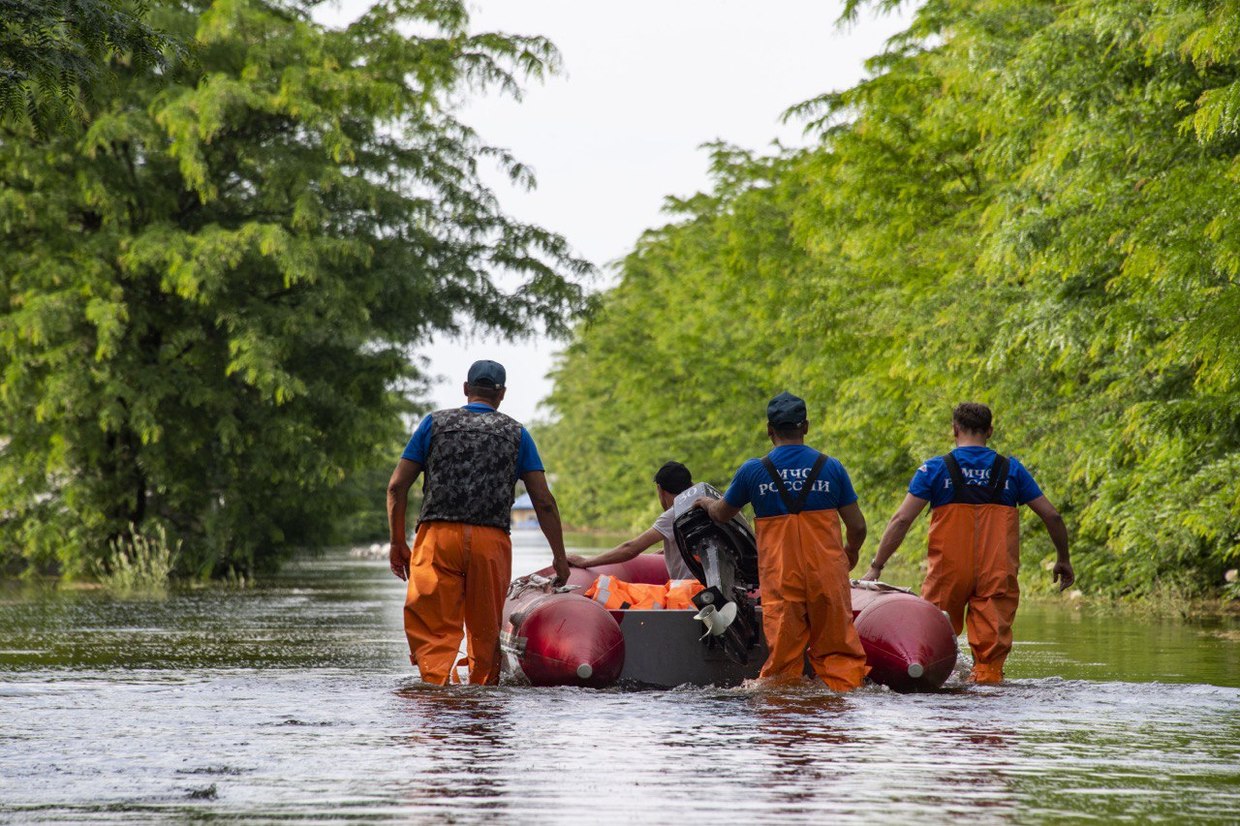
Threat to the ZNPP
Another danger is the imminent drop in the water level of the Kakhovka reservoir, should the HPP collapse completely. Some believe that this could disrupt the cooling of the Zaporozhye Nuclear Power Plant (ZNPP) reactors – a process that relies on water from Kakhovka.
However, Russian experts do not believe that the ZNPP is endangered since the cooling pond is isolated from the reservoir from which it collects water. There is enough water to cool the two operating reactors. If additional volumes of water are needed and the water levels in the reservoir drop (which has not been observed yet), the pipes can be extended.
Officials assess the situation in a similar way. “The Zaporozhye NPP has not been impacted in any way as a result of this undoubtedly unfortunate event. The cooling system is not endangered,” said Renat Karchaa, adviser to the head of Rosenergoatom. He noted that specialists use “other technical means” to compensate for the decrease in the water levels of the Kakhovka reservoir.
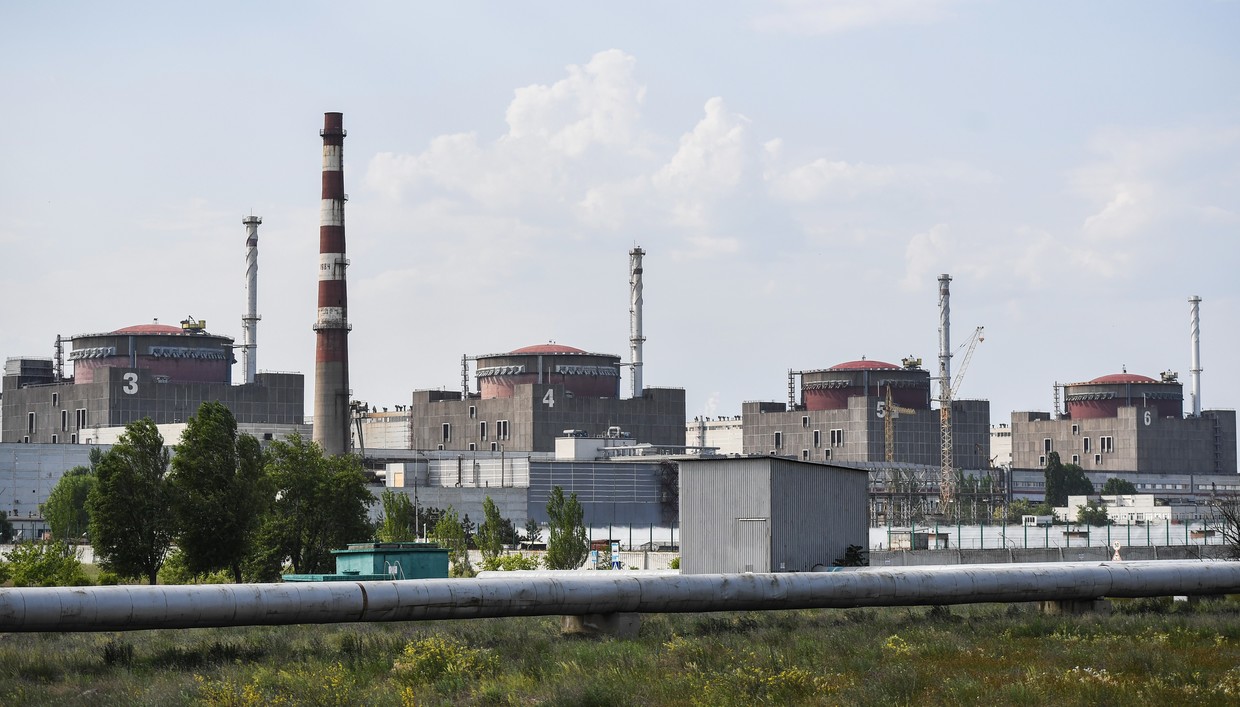
The failed battle for the Dnieper river islands
After the withdrawal of the Russian Army from Kherson and the establishment of the front along the Dnieper River, both sides engaged in artillery duels. Ukraine’s army was in a more favorable position because of its location on the higher bank. However, the Russian side had the advantage of superior firepower and air forces.
Moreover, sabotage and reconnaissance groups became active at this section of the front. Small groups from both sides crossed the river on combat missions, and this led to collisions on the islands formed by the Dnieper delta.
The Russian side did not initially bother to establish full control over the islands, which was a difficult task due to the swampy terrain and high water levels. As a result, the AFU got the upper hand and gradually advanced. This worried the Russian units positioned in the area and several military correspondents.
All these efforts by both armies came to a halt on June 6. The islands in the Dnieper delta were flooded, and both sides hastened to evacuate their troops. At the same time, artillery units attempted to impede the evacuation of the enemy. This confusion might suggest that neither Moscow or Kiev really planned to destroy the dam and create a deluge.
The potential landing operation and the ‘Priazovsk Battle’
In addition to the local battles for the islands, which mostly resembled minor tactical operations, this section of the front was considered one of the main potential directions for the Ukrainian counteroffensive. According to some pundits, the AFU planned to carry out several landing operations across the river to constrain Russia’s “Dnieper” unit.
This strategy could have been used by the Ukrainians to pressure Russian troops positioned next to the “Vostok” unit, which controls the section of the front from the Kakhovka reservoir to Ugledar in the Donetsk People’s Republic. The main attack of the Ukrainian counteroffensive was projected to be inflicted on the “Vostok” to draw it into the so-called “Priazovsk Battle,” aimed at cutting off the land corridor to Crimea and Russia’s access to the Sea of Azov.
If Ukraine chose to attempt to cut through the defense of the “Vostok” unit and attack Melitopol or Berdyansk, a flanking strike by the “Dnieper” unit from Crimea and Kherson regions would pose significant danger. In order to avoid this and delay Russian reserves, the Ukrainians likely planned on conducting several landing operations.
The Ukrainian army, however, has no successful experience of conducting large-scale landing operations. The attempts to seize the Kakhovka reservoir in the summer of 2022 ended badly for them. Additionally, Ukrainian engineering units have no track record in implementing pontoon crossings in combat conditions, and small maritime vessels cannot be used to supply a large number of troops.
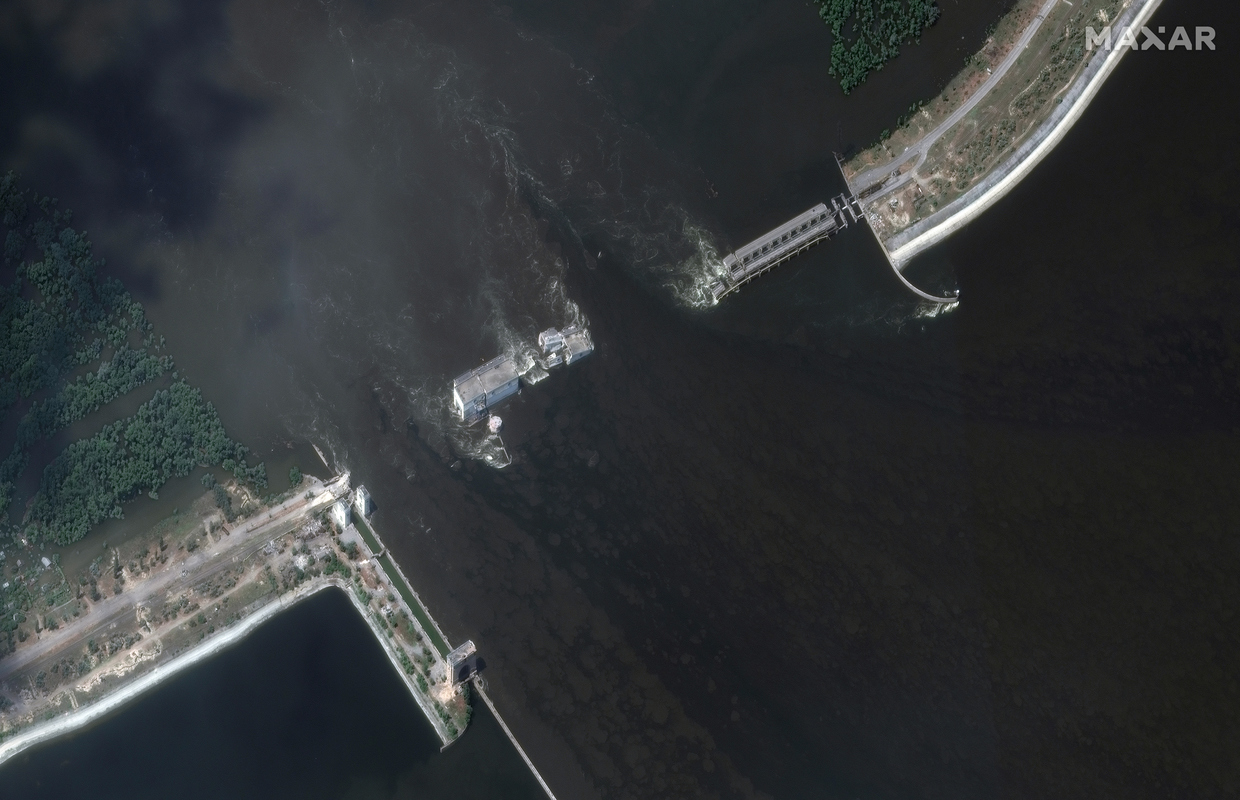
All this makes it highly unlikely that the Armed Forces of Ukraine could carry out a landing operation that could force the Russian Armed Forces to retreat from the coastal line. However, such a maneuver could assist the advance in the Zaporozhye region.
In present conditions, a landing operation is even less likely to take place until the water recedes. The problem isn’t just that the Dnieper has become wider, but that a large strip of the coast has essentially become a swamp, with the water level less than a meter deep.
In addition, mines earlier placed by both sides to halt the enemy’s sabotage and reconnaissance groups are now floating about in the waters. Washed away into the river, they may end up in unexpected places downstream.
In military terms, this is a great loss for Russia as many of the defensive positions, including the first line of defense, were flooded and the Russian army will have to hastily restore them after the situation returns to normal.
Who is to blame?
There’s currently no logical argument that the destruction of the Kakhovka HPP was directly beneficial for either side. The actions of the militaries on the Dnieper Delta islands and officials in coastal settlements indicate that the events took both Ukraine and Russia by surprise. These factors, along with the lack of any video footage depicting the explosions alleged to have destroyed the hydroelectric power plant on June 6, indirectly confirm the version that the disaster was the long-term consequence of Ukraine’s HIMARS strikes on the dam. This is supported by satellite images taken from May 31 to June 4, showing part of the dam having been damaged by water pressure.
The only mystery remains as to why the Ukrainians raised the water level in the Kakhovka reservoir to a record high, thereby increasing pressure on the HPP, while maintenance personnel couldn't do their jobs properly due to strikes from Kiev's forces. One of the versions is that the entire Dnieper reservoir cascade has become worn out and the Ukrainians were attempting to save their hydroelectric power plants, since their destruction could lead to serious consequences for Kiev.
Meanwhile, further destruction of the Kakhovka HPP is probable due to increasing water pressure and regular shelling which prevents access for repair crews. If this activity continues, the consequences are likely to become even more serious.
